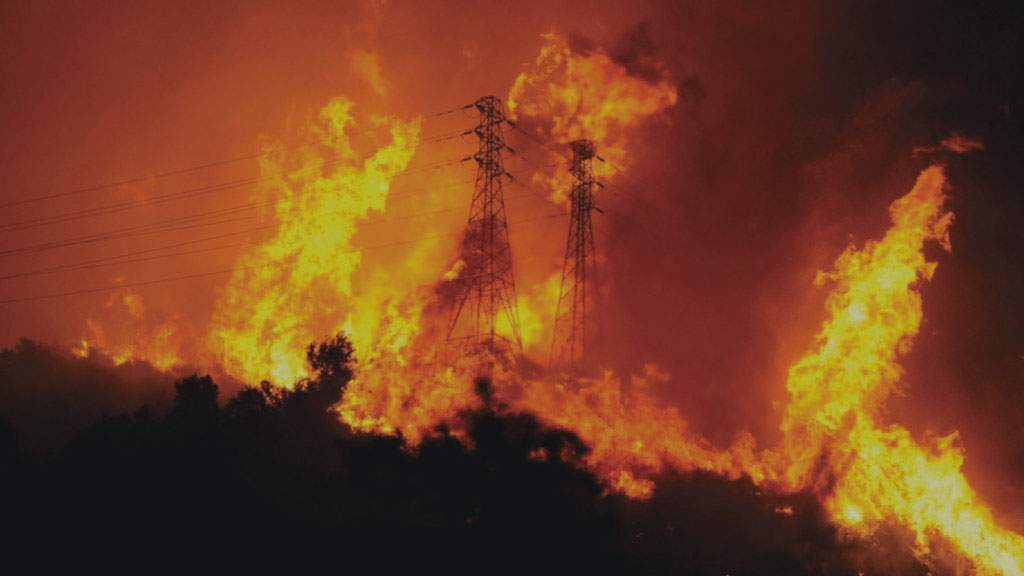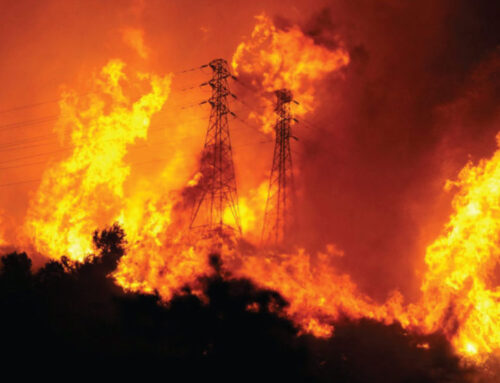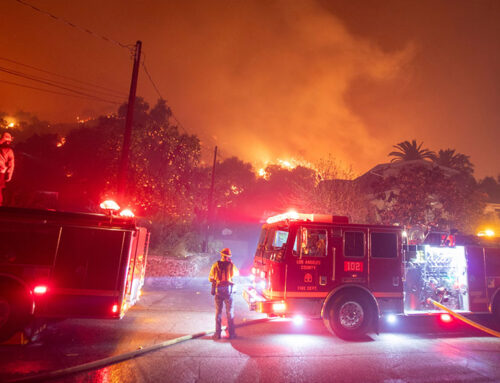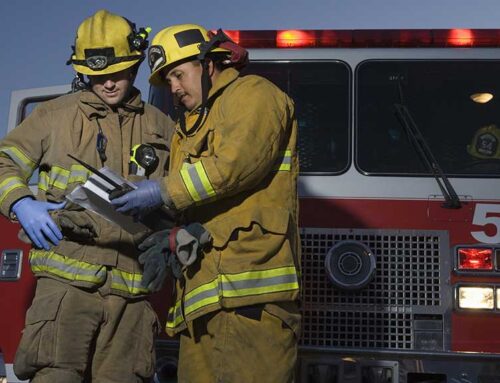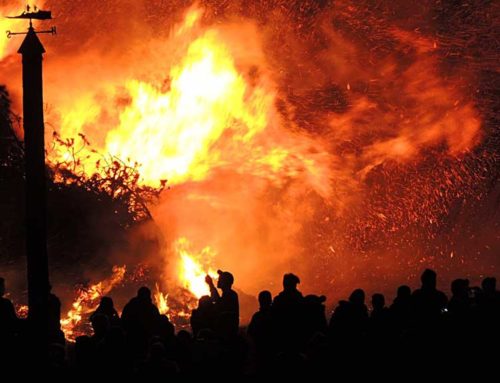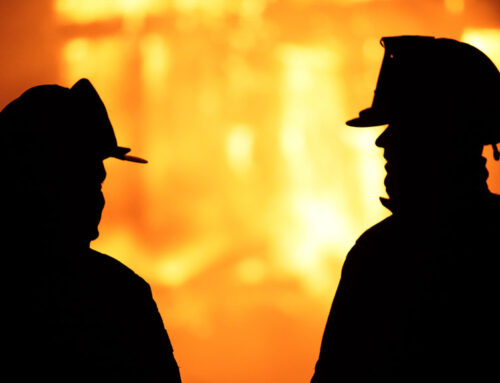Wildfires are a natural part of many ecosystems, but they can become catastrophic when they threaten lives, property, and natural resources. Fortunately, the government plays a significant role in preventing and managing wildland fires. Here’s a look at how various governmental agencies and programs work to support wildland fire prevention.
Funding and Grants
One of the primary ways the government supports wildland fire prevention is through funding. Federal and state governments allocate significant resources to prevent fires before they start. For example, the U.S. Forest Service, under the Department of Agriculture, and the Department of the Interior provide millions of dollars in grants to local communities, states, and tribal nations. These funds help finance fire prevention projects, educational campaigns, and research.
Education and Awareness Campaigns
Education is a powerful tool in preventing wildfires. Government agencies run public awareness campaigns to educate the public about fire safety practices. Programs like Smokey Bear, managed by the U.S. Forest Service, have been teaching fire prevention tips for decades. These campaigns aim to inform citizens about how their actions can prevent fires, such as properly extinguishing campfires and adhering to fire bans during dry seasons.
Forest Management Practices
Effective forest management is essential to reducing the risk of wildfires. Government agencies employ various practices to maintain healthy forests. These include controlled burns (also known as prescribed fires), which safely reduce excess vegetation that can fuel wildfires. Thinning dense forests, removing dead trees, and maintaining firebreaks are other strategies used to minimize fire hazards.
Research and Technology
Advancements in research and technology are key components of the government’s fire prevention efforts. Agencies like the National Interagency Fire Center (NIFC) and the U.S. Geological Survey (USGS) conduct research on fire behavior, climate patterns, and effective prevention methods. They also develop and deploy technology such as satellite monitoring, which helps detect fires early and assess fire-prone areas.
Collaboration and Training
Preventing wildfires requires a collaborative effort. Federal, state, and local governments work together with private landowners, nonprofit organizations, and community groups. This cooperation extends to training programs for firefighters and emergency responders. The National Fire Academy, for instance, provides training to improve fire prevention and suppression tactics.
Legislative Support
Legislation plays a significant role in supporting wildland fire prevention. Laws and policies at both federal and state levels establish frameworks for managing fire-prone lands, funding prevention efforts, and ensuring communities are prepared for fire-related emergencies. The Healthy Forests Restoration Act (HFRA) is one example of legislation designed to reduce wildfire risks through forest management and community assistance programs.
Community Involvement
The government encourages community involvement in fire prevention through programs like Firewise USA, which helps communities take proactive measures to reduce wildfire risks. These programs offer resources and support for local residents to create defensible spaces around their properties and implement fire-resistant landscaping practices.

